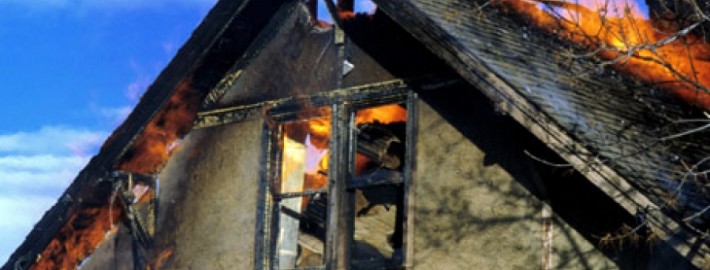Fire Preparation for Fire Prevention
Few things cause as much destruction and mayhem as a structure fire. These simple procedures can limit potential damage.
As Erika Riggs points out in her article, there are few things that can cause as much damage as a house fire. FEMA records show that 78 percent of structure fires occur in a residence. Luckily most fires are preventable with little effort and minimal cost.
Accidental fires have two very common ignition sources in the typical residential home, a unattended open flame like that of a stove top, and a electrical short. There are a few points that have an open flame in the average home. The stove top, pilot lights, candles, and a lit cigarette if you smoke. Periodic inspections of all appliances is recommended especially in and around areas with a pilot light to confirm there is no blockage or any flammable debris near the flame.
In the kitchen, make sure that you cooking surface is clean and free of debris. There are many flammable items used while preparing food (napkins, paper towels, oven mitts, etc.) that could catch on fire if too close to the stove. Keeping the clutter as minimal as possible and not leaving the stove unattended are very easy ways to reduce the chance of a kitchen fire. The kitchen is also a great area to have a fire extinguisher on hand.
Electrical equipment is another common source of residential fires. Unlike cooking in the kitchen, you are far more likely to leave an electoral device running while unattended. When inspecting your appliances, take a moment to inspect the electrical cord to make sure there is no fraying or exposed wires. Do not run your dishwasher, washing machine, or cloths dryer at time that you will be away from the home. Keep you appliances clean by cleaning out filters and making sure dust and debris do not build up. Finally, do not overload an outlet with too many plugs.
For more in-depth fire prevention tips please check out the U.S. Fire Administration website.




